We would like to invite you to this one-day conference on
Embedding Citizen Science into Wildlife Conservation Management
Bournemouth University, Monday 21st March 2016, 8.30-16.30
To view the full programme and book, please go to Eventbrite booking or http://bit.ly/citsci_in_mngt
This one-day conference is organized by the National Trust and Bournemouth University and will consist of talks and associated workshops and posters presented by a range of organisations including Amphibian & Reptile Conservation (ARC), Butterfly Conservation (BC), Bournemouth University (BU), C entre for Ecology & Hydrology (CEH), Dorset Wildlife Trust (DWT), Footprint Ecology (FE), Field Studies Council (FSC), National Trust (NT) and Natural England (NE).
The following four key steps to enabling Citizen Science to impact positively on wildlife conservation management will be explored by presenters and participants:
1) Engaging and recruiting motivated volunteers
2) Effective skills training
3) Appropriate data recording and management methods
4) Linking data collection with conservation management planning
The National Trust’s Cyril Diver project will be presented as a case study as well as a range of other citizen science projects led by public and voluntary-sector organisations.
This conference is geared to conservation practitioners and other stakeholders in citizen science and is particularly relevant to public and voluntary-sector organisations involved in (a) harnessing the skills and time of volunteer naturalists in the surveillance and monitoring of biodiversity and (b) site-based nature conservation management.
There is a £20 fee to cover conference organisation costs. A buffet lunch and tea/coffee breaks are included in this cost.
To view the full programme and book, please go to Eventbrite booking or http://bit.ly/citsci_in_mngt
Booking closes March 4th!
Hope to see you there!
David Brown (National Trust) and Anita Diaz (Bournemouth University)

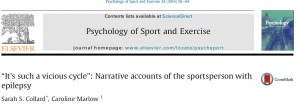
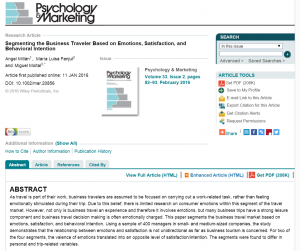




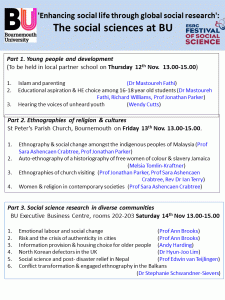


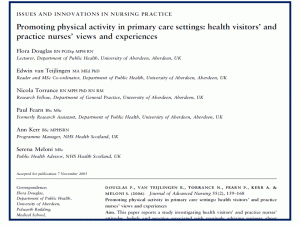

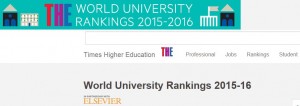











 Dr. Ashraf cited on ‘Modest Fashion’ in The Guardian
Dr. Ashraf cited on ‘Modest Fashion’ in The Guardian NIHR-funded research launches website
NIHR-funded research launches website Academics write for newspaper in Nepal
Academics write for newspaper in Nepal MSCA Postdoctoral Fellowships 2025 Call
MSCA Postdoctoral Fellowships 2025 Call ERC Advanced Grant 2025 Webinar
ERC Advanced Grant 2025 Webinar Horizon Europe Work Programme 2025 Published
Horizon Europe Work Programme 2025 Published Horizon Europe 2025 Work Programme pre-Published
Horizon Europe 2025 Work Programme pre-Published Update on UKRO services
Update on UKRO services European research project exploring use of ‘virtual twins’ to better manage metabolic associated fatty liver disease
European research project exploring use of ‘virtual twins’ to better manage metabolic associated fatty liver disease